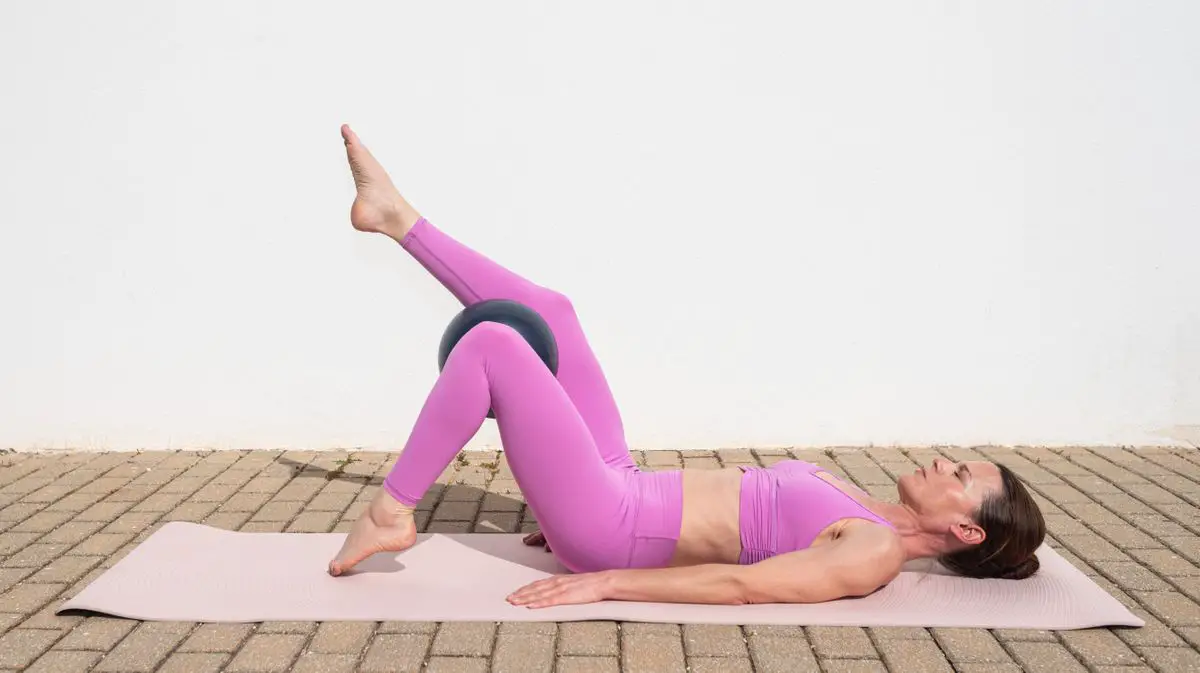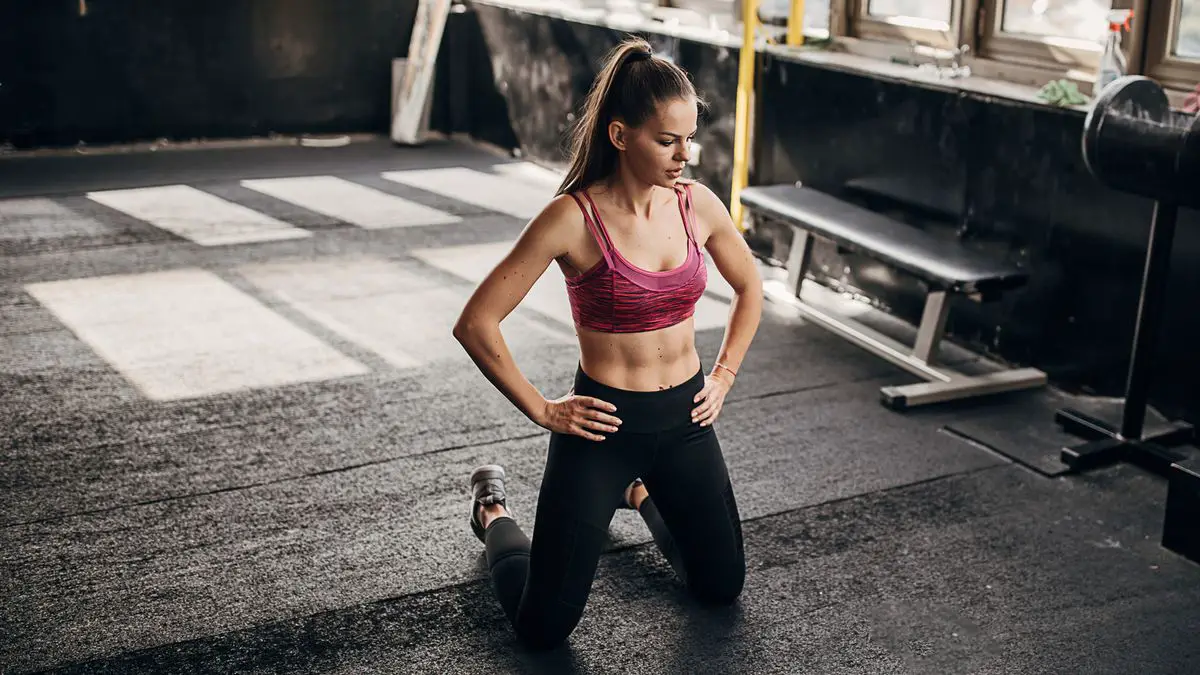When you think of the core muscles, your first thought is probably of the abdominals, also known as the six-pack muscles. But your core is actually made up of a wide range of mid-body muscles, which provide stability and support.
One part of the core that is often overlooked is the pelvic floor, a group of muscles located at the base of the pelvis (between the abdominals and the thighs).
While it’s particularly important for pregnant and postpartum women to strengthen these muscles, as they can weaken after carrying a baby and giving birth, Pilates instructor Chloe Millward says everyone can benefit from pelvic floor exercises.
“It’s not just for women, or for women who are pregnant or postnatal,” she says. “Men have a pelvic floor too, so training it is beneficial for everyone.”
Doing pelvic floor exercises can improve your overall core strength, particularly in the lower abdomen. It also has practical benefits, including improved bladder and bowel control.
In order to train your pelvic floor, Millward recommends investing in a Pilates ball. “It’s a really amazing piece of equipment for pelvic floor and lower abdominal engagement—it’s also really cheap,” she says.
Millward has suggested three exercises that anyone can do to strengthen their pelvic floor, two of which require a Pilates ball and one that’s completely equipment-free.
How to do Chloe Millward’s pelvic floor and lower abdominal workout There are three exercises to try in Millward’s routine. Complete each one 8-10 times.
Tabletop ball squeeze
Seated ball squeeze
Toe tap
Unlike some workouts, the key to pelvic floor exercises is moving slowly.
“If you move really fast, it’s difficult to then think about engaging your core and your pelvic floor and getting your form right,” Millward says. “Choosing workouts that are slow enough and low-impact enough for your brain to help you link everything up is key.”
The key to this workout is keeping your movements slow and controlled. Exhale as you move into an exercise and inhale as you relax. When you contract your pelvic floor, you should feel the muscles lift; it should feel similar to withholding passing gas.
Form guides Tabletop ball squeeze
(Image credit: Getty Images)
Reps : 8-10
Lie on your back with your knees bent at a 90° angle and your shins parallel to the floor in tabletop position.
Place a Pilates ball between your knees and engage your core to keep your lower back gently imprinted on the mat.
Inhale. As you exhale, squeeze the ball gently with your knees.
Seated ball squeeze
(Image credit: Getty Images)
Reps: 8-10
Sit upright on a mat with your feet flat on the floor, hip-width apart. Hold a Pilates ball in your hands and stretch your arms out in front of you. Keep your spine tall, shoulders relaxed, and core engaged.
Inhale to prepare. As you exhale, gently squeeze the ball with your hands, pulling up through the pelvic floor and the core.
Toe tap
Pilates Toe Taps, Single – YouTube
Watch On
Reps : 8-10
Lie on your back with your knees bent at a 90° angle and your shins parallel to the floor in tabletop position.
Inhale to prepare. As you exhale, slowly lower one foot to tap the floor lightly with your toes, keeping the movement controlled. Avoid letting your lower back arch.
Inhale as you return the leg to the tabletop position, then exhale as you lower the opposite leg to tap the floor.





